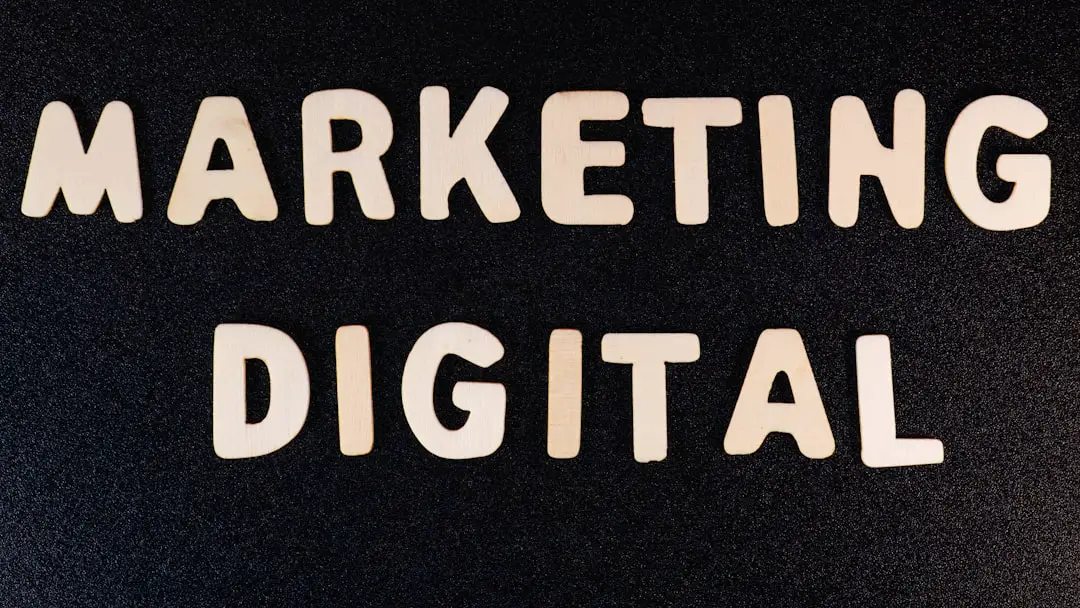In today’s hyper-competitive digital landscape, brands must go beyond organic tactics to get noticed. While content marketing and SEO are long-term strategies with proven value, they take time to show results. That’s where inorganic marketing strategies, particularly paid advertising, come into play. These strategies allow businesses to quickly generate visibility, boost conversions, and analyze performance with precision.
What Is Inorganic Marketing?
Inorganic marketing refers to promotional activities that involve a financial investment to drive traffic and engagement. Unlike organic methods, such as blog optimization or social media posting, inorganic marketing gives quicker and often more measurable outcomes because you’re directly investing in reaching your target audience.
Some common inorganic marketing tactics include:
- Pay-Per-Click (PPC) advertising
- Display and banner ads
- Social media ads (e.g., Facebook, Instagram, LinkedIn)
- Influencer partnerships with paid promotions
- Retargeting campaigns

The Benefits of Paid Advertising
Paid advertising can be a game-changer for both startups and established brands. Here are some key advantages:
1. Immediate Visibility
Unlike organic SEO, which can take months to gain traction, paid ads provide instant exposure. Your brand appears at the top of search engine results or within highly targeted social media feeds, driving traffic almost immediately after campaign launch.
2. Precise Targeting
Paid platforms offer advanced targeting features. Whether you’re advertising on Google, Facebook, or LinkedIn, you can narrow your audience by demographics, interests, behaviors, and even device types. This ensures your message reaches the right people at the right time.
3. Scalable Outcomes
With paid advertising, you have control over your budget and can scale campaigns based on performance. Start small, test variations, and then increase investment on what’s working. It’s a flexible and measurable way to grow your brand.

Choosing the Right Platform
Successful paid advertising depends heavily on choosing the right channel for your business goals. Here are a few common platforms and their typical benefits:
- Google Ads: Ideal for capturing search intent; perfect for businesses looking to reach customers actively searching for their products. This is especially true for software companies, as Google ads for SaaS are highly effective in connecting with users searching for specific software solutions or platforms.
- Facebook & Instagram Ads: Great for brand awareness, especially with visually-driven products or lifestyle brands.
- LinkedIn Ads: Best for B2B companies targeting professionals and decision-makers.
- Display Networks: Useful for retargeting and reinforcing brand messages across a wide network of websites.
Best Practices for Effective Paid Advertising
To get the most from your ad budget, follow these best practices:
1. Set Clear Objectives
Before launching any campaign, define what success looks like. Are you aiming for more website traffic, lead generation, or direct sales? Clear goals help guide your ad creative and budget decisions.
2. Craft Compelling Ad Copy
Your ad must capture attention quickly. Use strong headlines, concise language, and a compelling call-to-action (CTA). A/B testing different versions can help pinpoint what resonates with your audience.
3. Optimize Landing Pages
Your ad may be perfect, but if the landing page doesn’t deliver, conversion rates will suffer. Make sure the page is relevant, easy to navigate, and mobile-friendly. Keep the messaging consistent with your ad copy.
4. Monitor and Adjust
One of the strengths of inorganic marketing is data. Use analytics to track performance and pivot quickly. Pause underperforming ads and reinvest in those yielding the highest ROI.
Measuring Success
To gauge the effectiveness of your paid advertising campaigns, monitor key performance indicators such as:
- Click-Through Rate (CTR)
- Cost Per Click (CPC)
- Conversion Rate
- Customer Acquisition Cost (CAC)
- Return on Ad Spend (ROAS)
Regularly analyzing these metrics enables you to fine-tune your strategy and increase the efficiency of your campaigns.
Final Thoughts
While organic growth strategies are essential for long-term online presence, inorganic marketing through paid advertising offers speed, precision, and adaptability. When executed strategically, it’s one of the most powerful tools in a digital marketer’s arsenal. Embrace a data-driven approach, continually optimize your performance, and don’t be afraid to experiment — because in the world of paid marketing, every click counts.
